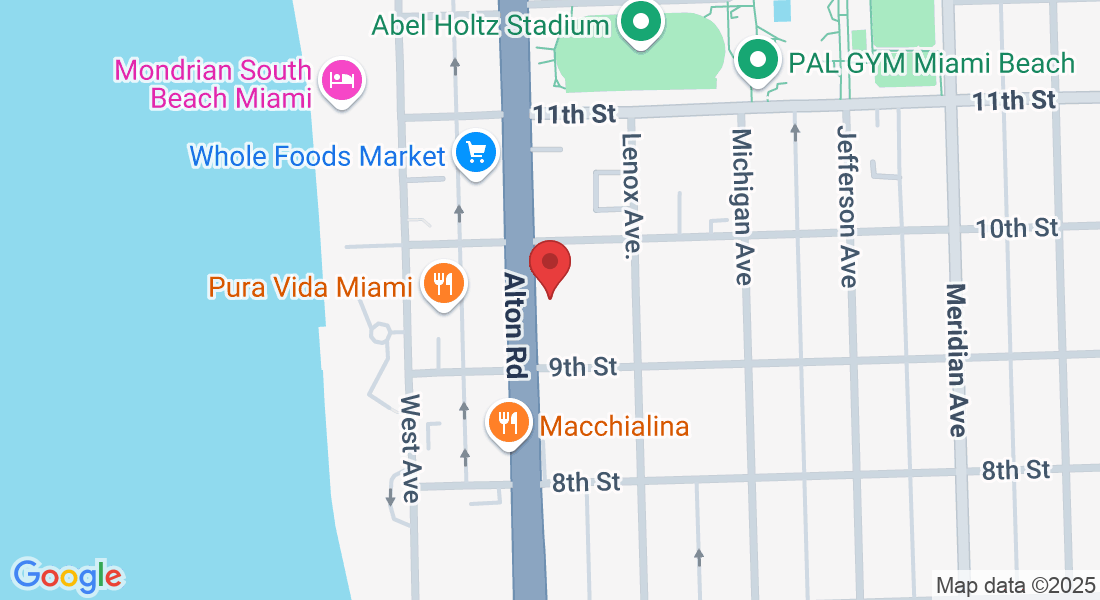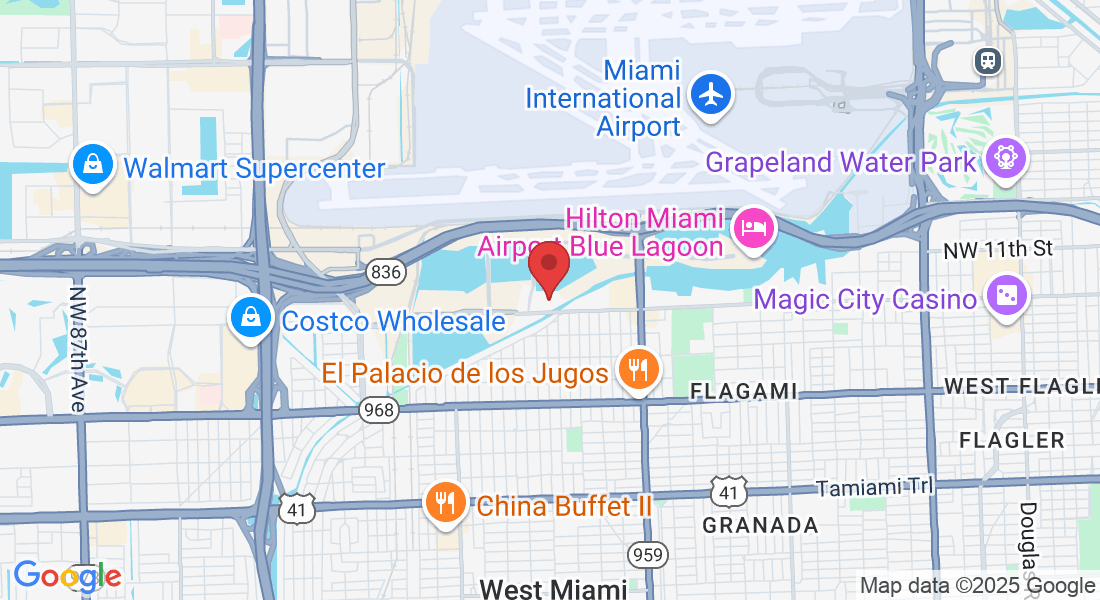📞Call Now: (305) 987-3053
THE ULTIMATE GUIDE FOR MIAMI WAREHOUSE OWNERS
How to Sell for Top Dollar-Fast!
Maximize Value with Strategic Preparation
Today we're going to be talking about maximizing value with strategic preparation.
So, when we talk about maximizing value, there are things that owners can do in order to get ready for sale. As the old saying goes, as I mentioned before, you only get one chance to make a first impression. And by doing the right things strategically beforehand—preparing ahead in advance of the sale—you'll be able to get the most amount of money in your pocket as possible.
So, let's talk about cleaning, right? Repairs, simple cosmetic upgrades. Now, I’m not telling you to do a complete renovation or anything like that, but if there's something that you know can be done and can be done relatively easily, go ahead and take care of that. If it's something that can be done in a weekend or is relatively inexpensive, what I always tell people is—I use the rule of thumb: one weekend. If it can be done in one weekend, then I would take care of it.
As far as upgrades and that sort of thing—very few things—a coat of paint goes a long way. You could have someone come out and put a coat of paint, or at the very least touch up, maybe fix some cracks in stucco, that type of thing. It doesn't have to be too much.
One thing to be aware of though, and I mentioned it in the previous sections, if there's a lot of cleaning, repairs, and cosmetic upgrades to be done, buyers will 100 times out of 100 overestimate the cost of these.
So, if there's something simple that you can do to make sure it doesn’t even show up on an inspection checklist, the better off you'll be.
Environmental Reports
Oftentimes, especially with industrial properties, you're going to have a potential buyer do what's called a Phase One Environmental Inspection. Basically, they’re looking at what’s been going on in the area. Has that impacted the property? What kind of tenants have you had in the property over the years? Has that impacted the property adversely?
They might do air samples, groundwater samples, soil samples—depending on the property. The best thing you can hope for is a clean Phase One inspection.
The good thing is if your Phase One inspection is recent enough, some environmental companies will re-certify it. If you go back to the same company, it might be relatively inexpensive.
The best thing you can do before someone comes—if you purchased the property three or four years ago (five years might be about the cutoff)—you might be able to have the same environmental company re-certify it for a fraction of the cost.
Guess what? You hand a clean Phase One inspection to a potential buyer, and that’s going to increase your probability of getting the property sold to them. It’s also going to increase their confidence in purchasing the property, so they’re not going to try to retrade or lower the sale price at the end of due diligence, which happens all the time.
Let’s say, for instance, you go through a Phase One and they say, “Hey, listen, there’s a few things we need to take a look at,” and you’re going through a Phase Two—that could slow the buyer down. If there’s anything you can do in advance to avoid that, do it. Because if they find something, they might open Pandora’s box. You don’t know what they’re going to find. So, re-certifying a Phase One—is a smart move.
How to Boost NOI in the Six Months Before Listing
If you had six months to boost NOI, there are a few simple tweaks you can do. If you had one, two, or even three years, that would be ideal. But before we dive in, let me share some very simple math.
Let’s say we use a 10%-cap rate for easy math.
For every $1 you increase NOI, the value of the property increases by $10.
So, if you can increase NOI, remember:
- Money comes in from rents
- Money goes out as operating expenses
- What’s left is your Net Operating Income (NOI)
If you've moved your leases to triple net, then:
Gross Rents = NOI
(Because tenants pay all operating expenses- so they are $0)
But in a standard equation, you bring in rents, subtract out expenses (insurance, CAM, taxes), and you’re left with NOI.
Maximizing that number before selling is crucial, because buyers are paying a multiple (the cap rate):
The math is really simple- take 100 and divide it by the cap rate and that gives you the NOI multiple. Meaning for every dollar of NOI you receive it will be worth a multiple of Sale Value…
Let’s use a couple examples:
- A 10-cap means a 10x multiple (so for every additional $1 of NOI at a 10% cap you get $10 more in value)
- An 8-cap is 12.5x (so for every additional $1 of NOI at an 8% cap you get $12 more in value)
- A 5-cap is 20x (so for every additional $1 of NOI at a 5% cap you get $20 more in value)
The lower the cap rate, the more valuable each dollar of NOI becomes.
Example:
If you increase NOI by $1,000 at an 8-cap, you’ve added $12,500 in value.
Practical Ways to Boost NOI
Hopefully, you’ve been increasing rents. If not, start now. You can use what I call the Starbucks effect—most people don’t blink spending $5/day on coffee or cigarettes. $5 times 30 days equals $150/month, or $1,800/year.
If you have 10 tenants, that’s $18,000/year.
At an 8-cap, that’s $225,000 in added value.
You can do this math two ways:
$18,000 × 12.5 = $225,000
$18,000 ÷ 0.08 = $225,000
If you only have six months, you might not be able to renew everyone, but even partial rent bumps help. Just $5/day extra per tenant adds up.
Another tip: don’t be afraid to give away free rent in exchange for better lease terms(higher contract rent rates). Install carpet, renovate a bathroom, add a kitchenette—those upgrades cost money but can justify higher rents.
Remember-Every dollar extra in rent gives you:
- $12.50 in value (at an 8-cap)
- $10 at a 10-cap
The more landlords understand this when they become sellers, the more value they can unlock.
Clean Financials, Rent Rolls, and Permits
We’ve touched on this before, but sloppy records kill value. Clean, dependable, easily readable financials build buyer confidence.
Ideally, use QuickBooks—print out:
- Profit & Loss statements (P&Ls)
- Rent rolls
You can redact sensitive info, but give buyers a clear, trustworthy view.
Some sellers have numbers in a notebook—or in their head—which worked for years, but doesn’t build buyer trust. If they can't verify the numbers, they’ll assume the worst.
So print from a spreadsheet or QuickBooks. Have rent rolls ready. Make it easy for someone to make a confident decision.
Permits
If you have open permits, close them out before putting the property under contract if you can. Don’t let a sale hinge on an open permit you’ve known about for three years.
I’ve seen closings delayed or nearly killed because the city didn’t check a box or enter something into their system.
If there’s anything outstanding, take care of it now, so the deal can go smoothly and you can get the most money in your pocket as quickly as possible.
Wrap-Up
And that’s it for this segment. We look forward to seeing you in the section where we’ll be talking about pricing your property to create a bidding war. This is one of my favorites—this is where the rubber meets the road, and we show you exactly how we get the maximum dollar in your pocket.
If you’re curious about what your property is worth, head over to:
👉 www.darkhorse-commercial.com
There’s a button right when you land to get a free valuation—fill out your info, and I’ll personally reach out so we can discuss your building’s worth in today’s market, and go over the strategic roadmap to get you top dollar as quickly as possible.
Talk to you soon!
Assistance Hours
Mon – Fri 9:00am – 5:00pm
Phone Number:
(305) 987-3053
CONTACT US
Assistance Hours
Mon – Fri 9:00am – 4:00pm
Phone Number:
(305) 987-3053


